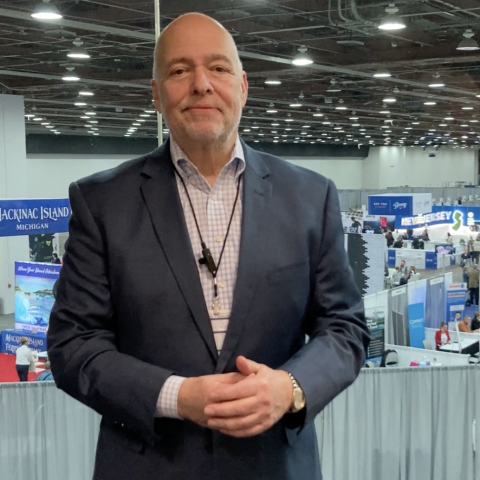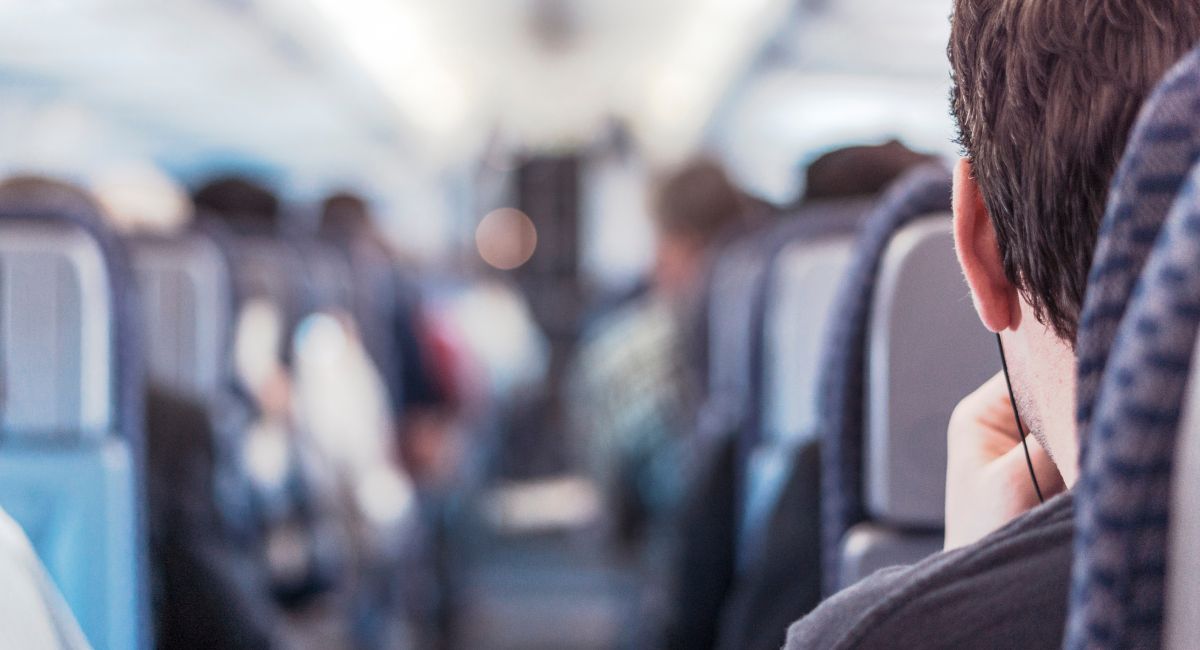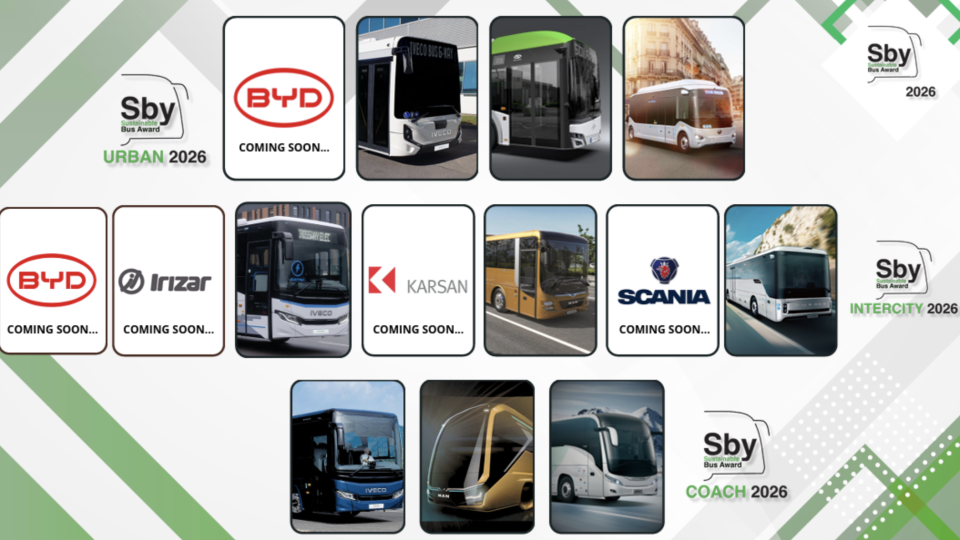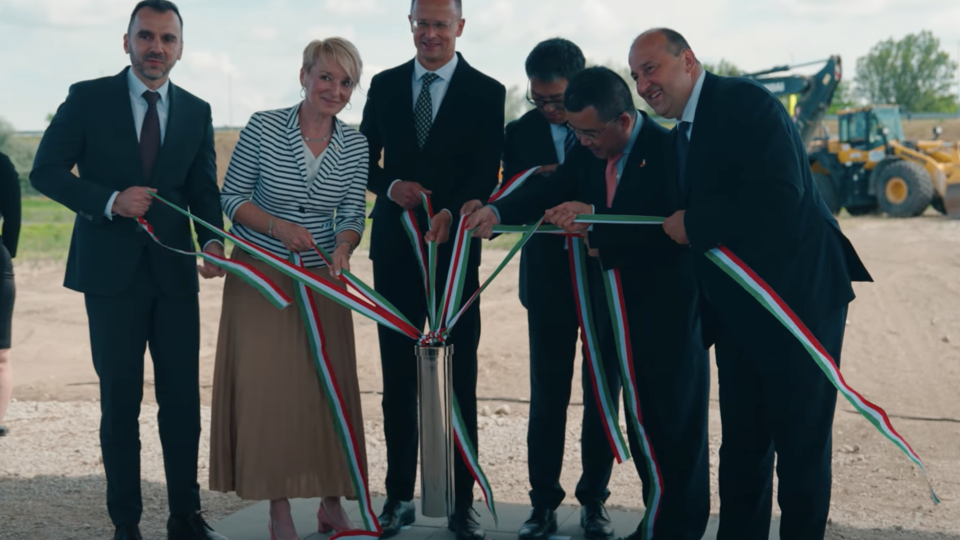Demand for travel in the US takes off. In a changed environment. Interview with Peter Pantuso, President American Bus Association
Founded in 1926 by private bus companies to represent their interests in Washington, the American Bus Association today encompasses operators and tourism industries. It provides a privileged observatory to understand trends, state of health and developments not only in the bus business but also in tourism and mobility in the USA. We had a chat […]

Founded in 1926 by private bus companies to represent their interests in Washington, the American Bus Association today encompasses operators and tourism industries. It provides a privileged observatory to understand trends, state of health and developments not only in the bus business but also in tourism and mobility in the USA. We had a chat with Peter Pantuso, President of the organization.
Peter Pantuso, you tell us about the history and organization of the American Bus Association (ABA)?
ABA was founded in 1926 by private bus companies to represent their interests in Washington, DC. For much of its history, ABA focused on the bus industry but expanded to include the travel and tourism industry 40-45 years ago. Today, ABA looks at the whole ecosystem of travel, tourism, and transportation.
Peter Pantuso, how is the private bus industry organized in the US?
In the US, the private bus industry has three sectors: long-distance, city-to-city, and commuter, as well as charter and tour. The charter and tour side is the biggest and most common among the private bus companies, with around 1,600-1,700 charter companies out of a total of about 1,800 private bus companies in the US. There are also some companies that provide school bus services. The majority of private bus companies in the US primarily focus on charter or tour buses.

What is the revenue of the private bus industry in the US?
Before 2020, the private bus industry in the US was about a $15 billion industry. However, due to the COVID-19 pandemic, the revenue has decreased. We’re going to see a surge in demand for travel, but I do think there will be some long-term changes in behavior as well. For one, I think people are going to be more conscious of health and safety concerns when they travel. They’re going to be looking for companies that have put measures in place to keep passengers safe, and they’re going to be more mindful of things like social distancing and hand hygiene.
We are seeing a trend where more young people are choosing to live and work in cities and not feel the need to have a car or driver’s license. This is a positive development for the bus industry because it creates a demand for short-distance trips and city-to-city travel. We lost this customer base for a while when they got jobs and started driving their own cars, but now we are seeing a resurgence of interest in bus travel among young people
Peter Pantuso, President, American Bus Association
And concerning the kind of trips?
I also think we’re going to see a shift in the types of trips people are taking. We’ve already seen a rise in demand for outdoor activities and experiences, and I think that trend is going to continue. And finally, I think we’re going to see a greater emphasis on sustainability and responsible tourism. The pandemic has given us all a chance to pause and reflect on our impact on the planet, and I think people are going to be more conscious of that when they travel. They’re going to be looking for companies that are committed to reducing their carbon footprint and supporting local communities, and I think that’s going to be a big driver of customer behavior in the years to come.
The impact of the pandemic on the bus industry
Can you show us some figures about how the business is developing in these post-pandemic time in the US?
Certain segments, such as point-to-point or long-distance, are at about 70-80% of where they were in 2019, while commuter buses are at less than 50% due to people not returning to work full-time. There has been a loss of 40% of the companies, reducing the number from over 3000 to 1800. Government support was not enough to cover the losses for these small businesses, especially if they had loans, leases, or rent to pay.
Some changes in the business model of companies?
Yes, companies have had to adapt their business model due to the pandemic. Many have decided to expand into other transportation entities or contract work, such as with universities or sports teams. There has been a push towards communication and digitalization of activities, as well as working on the local communities during the pandemic. The companies that have not embraced technology and moved to the next level may struggle to survive in this space.
But the demand is back, isn’t it?
Yes, companies were expecting the business to ramp up, but it didn’t go as expected. Instead, it took off, and they weren’t prepared to handle it. A lot of them didn’t have the staff, technology, drivers, reservation people, or anybody because they were going to gradually bring them back as the business grew…
Shortage drivers, a global issue
You mentioned the shortage of drivers, which is actually a global problem…
The driver shortage is a major ongoing problem globally. Most companies admit to facing this challenge, and a study to be released shows that in the motor coach space alone, there are currently 28,000 drivers, but 7,300 more are needed. The trucking industry in the US is also facing a shortage of 50-60,000 drivers, but this is small compared to the overall shortage. In Europe and the US, drivers have retired or moved on to other jobs, and attracting them back is difficult. The pandemic, recession, and inflation have affected employment, and may impact the market, making it easier to attract more drivers.
Where have these workers gone? In the US the level of occupancy is striking…
The level of employment in the US economy was full a few days ago, with a rate of 3.6% three years ago. Many drivers retired or left for other jobs due to the pandemic, and others were attracted to the trucking industry due to the increased demand for deliveries. However, now that the pandemic is easing, it is difficult to attract these drivers back.
Certain segments, such as point-to-point or long-distance, are at about 70-80% of where they were in 2019, while commuter buses are at less than 50% due to people not returning to work full-time. There has been a loss of 40% of the companies, reducing the number from over 3000 to 1800. Government support was not enough to cover the losses for these small businesses, especially if they had loans, leases, or rent to pay.
Peter Pantuso, President, American Bus Association
What employers can do?
We must try different approaches to attracting people to the industry. For example, I recently spoke with a company from Tennessee that was having trouble finding drivers, but they changed their approach. Instead of advertising long-term careers and good pay, they stopped using the words “driver” and “career” altogether. They found that “career” implies that the person will be there forever, and in this economy, people tend to move around a lot. They also found that “driver” had a negative connotation, and instead, they wanted to attract partners who would work with them to achieve their goals. They redefined the person they wanted to be part of their organization and shifted their focus to offering a mutually beneficial partnership.
It’s a very different approach…
Some companies in the tourism and travel industry advertise the job opportunity without mentioning the driving component until they have the person’s attention. They understand that some people are intimidated by the idea of driving a bus, but they may love the idea of traveling and being part of the tourism industry. They get them interested in the opportunity and then show them how easy it is to drive a bus, much like driving a car.
One of the barriers to becoming a bus driver in Europe is the cost of the license, which can be quite expensive…
In the US, if you go to a bus company, most of them will train and certify you, and you’ll have to go through the licensing process, which is fairly inexpensive. However, there can be delays in getting through the process due to backlogs at the state level, and nobody wants to wait months to get their license and start working. They need a job today, not three months from now. So, if they have to wait that long, they may look elsewhere for opportunities. However, it should be also mentioned that driver wages have increased by 20-25% in many places.
Peter Pantuso: our main competitor is the car
Which is the main competitor for the bus business in the US?
Our competition in the US is primarily the car, rather than the train or the plane. We often say that the sweet spot for the industry is the 200-mile, 4-5 hour trip. This distance is too far to drive, and someone does not want to drive that far, but it is also too short to fly. The bus industry does well in this space, and we are seeing some airlines beginning to say that they will no longer service short distances with airplanes but instead use buses. American Airlines and United Airlines have partnered with a company called Landline, which provides bus service in short distances by contracting with the buses.
I recently spoke with a company from Tennessee that was having trouble finding drivers, but they changed their approach. Instead of advertising long-term careers and good pay, they stopped using the words “driver” and “career” altogether. They found that “career” implies that the person will be there forever, and in this economy, people tend to move around a lot. They also found that “driver” had a negative connotation, and instead, they wanted to attract partners who would work with them to achieve their goals. They redefined the person they wanted to be part of their organization and shifted their focus to offering a mutually beneficial partnership.
Peter Pantuso, President, American Bus Association
Is there a typical customer for motor coach tours in the US, such as elderly people or young people?
It depends. The biggest customers are usually students in springtime, with many trips happening at the end of the high school or school year. The bands go to competitions, and the history club goes to Washington, DC. However, this is mainly charters rather than city-to-city operations. A lot of travel in that space is for students, with heavy adult travel in the fall, especially in what I would call retail tours – tours that someone else puts together and packages. These tours tend to be more senior-oriented, such as going to the theater, going to New York, going to New England to see the fall colors, or other similar activities. The springtime is heavy with students, while the fall is heavy with adults.
Young people all over the world are less interested in getting driver’s licenses (a topic we had dealt with in a past issue of NEXT STOP newsletter)… is this modifying somehow your typical customer base?
Yes, we are definitely seeing a trend where more young people are choosing to live and work in cities and not feel the need to have a car or driver’s license. This is a positive development for the bus industry because it creates a demand for short-distance trips and city-to-city travel. We lost this customer base for a while when they got jobs and started driving their own cars, but now we are seeing a resurgence of interest in bus travel among young people.
Is energy transition a topic for your organization at the moment?
We do see energy transition as a critical topic for our members, but it is incredibly expensive, and the market is slow to adopt. The government will need to drive this initiative, and there needs to be additional funding to subsidize the transition to electrification or hydrogen-powered buses. For now, it is not economically feasible for bus companies to invest in this technology, as there is no infrastructure for charging or fueling these buses. We need to find a way to make this transition economically viable for our industry.









